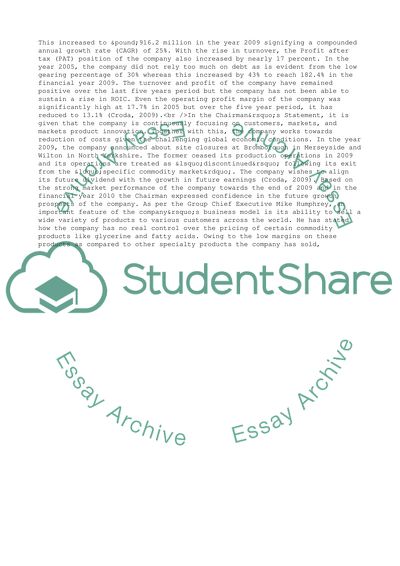Cite this document
(Financial Analysis Croda Plc Business Plan Example | Topics and Well Written Essays - 2000 words, n.d.)
Financial Analysis Croda Plc Business Plan Example | Topics and Well Written Essays - 2000 words. https://studentshare.org/business/1743606-financial-analyses-croda-plc
Financial Analysis Croda Plc Business Plan Example | Topics and Well Written Essays - 2000 words. https://studentshare.org/business/1743606-financial-analyses-croda-plc
(Financial Analysis Croda Plc Business Plan Example | Topics and Well Written Essays - 2000 Words)
Financial Analysis Croda Plc Business Plan Example | Topics and Well Written Essays - 2000 Words. https://studentshare.org/business/1743606-financial-analyses-croda-plc.
Financial Analysis Croda Plc Business Plan Example | Topics and Well Written Essays - 2000 Words. https://studentshare.org/business/1743606-financial-analyses-croda-plc.
“Financial Analysis Croda Plc Business Plan Example | Topics and Well Written Essays - 2000 Words”. https://studentshare.org/business/1743606-financial-analyses-croda-plc.


